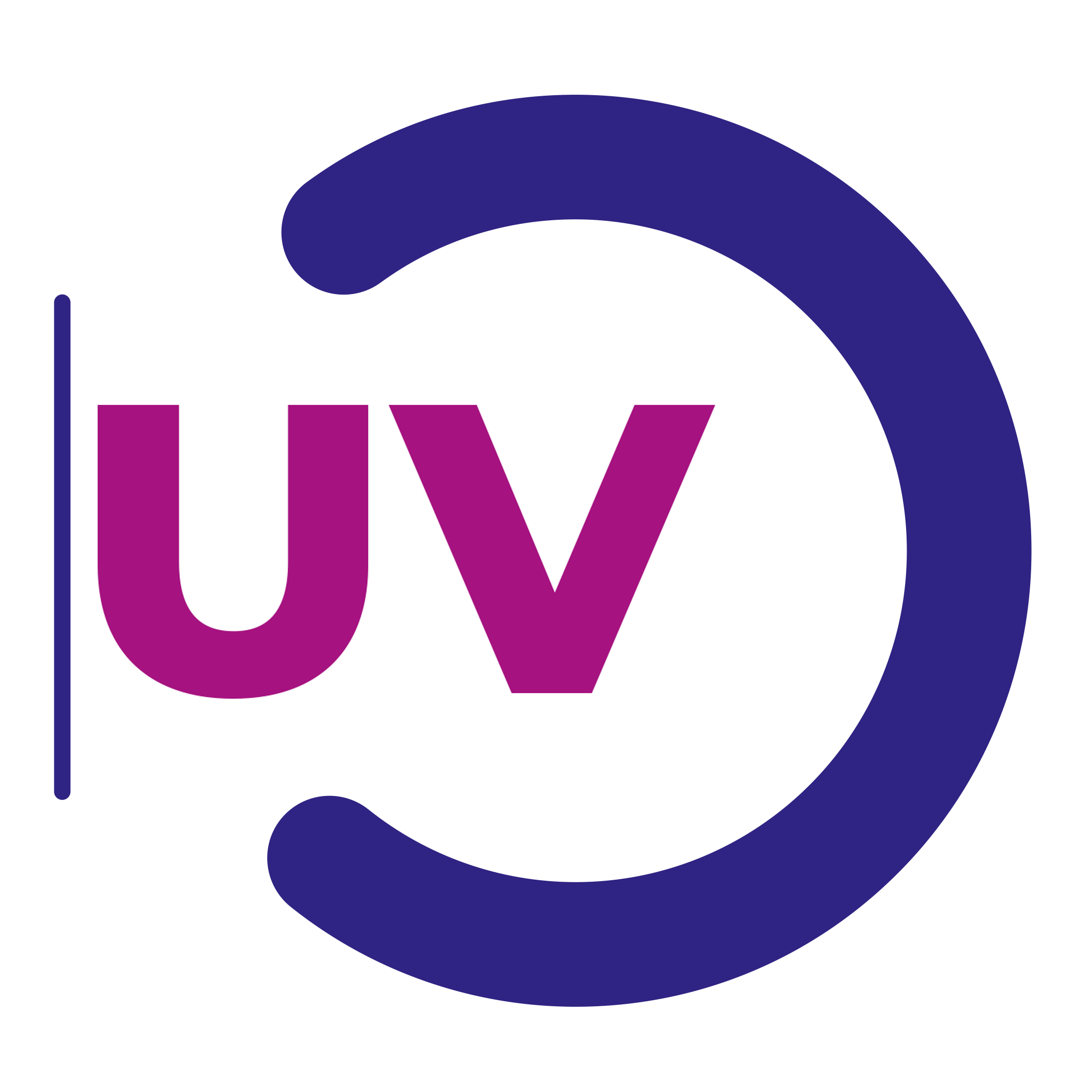UV radiation is a region of the electromagnetic spectrum just beyond visible light. The wavelengths in this region range from 100 to 400 nanometers. In this article, we will provide information about the different wavelengths of UV radiation and their applications in industry.
UV radiation wavelengths can be classified into UVA (320-400 nm), UVB (280-320 nm), and UVC (100-280 nm). Each wavelength has different properties and uses.
UVA wavelengths range from 320-400 nm and are visible to the human eye. These wavelengths can penetrate deep into the skin and cause premature aging with prolonged exposure. In industry, UVA radiation is used in bleaching and coloring processes.
UVB wavelengths range from 280-320 nm and can damage the skin due to their high energy. UVB radiation penetrates the top layer of the skin and can increase the risk of skin cancer. However, UVB radiation can also aid in the synthesis of vitamin D. In industry, UVB radiation is used in colored ink printing and many chemical processes.
UVC wavelengths range from 100-280 nm and have the highest energy. UVC radiation is used to eliminate viruses, bacteria, and fungi. Therefore, UVC radiation is widely used in water and air disinfection, food processing, and sterilization of medical equipment.
In industry, UV radiation, particularly UVC radiation, is used in many different applications. For example, in the printing industry, UV curing machines accelerate the curing of ink, resulting in more durable and long-lasting print products. In water and air disinfection, UV-C radiation is used to kill bacteria, viruses, and other harmful organisms. UV-C radiation is also effective in the sterilization of medical equipment. Additionally, UV radiation is used in UV-C air sterilizers for disinfecting indoor air.


